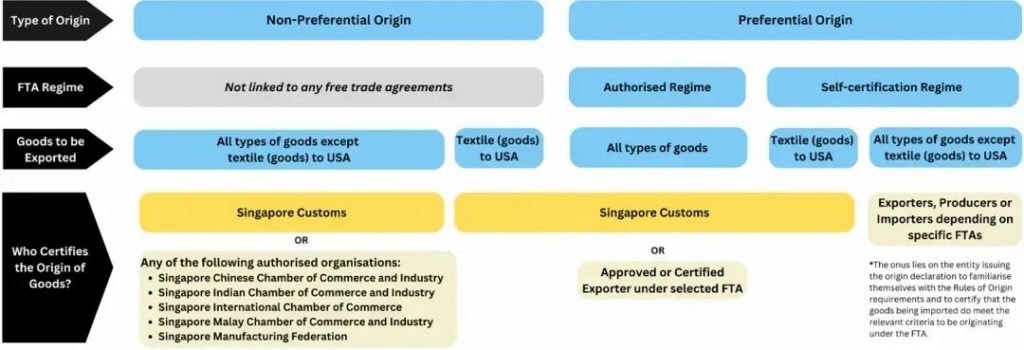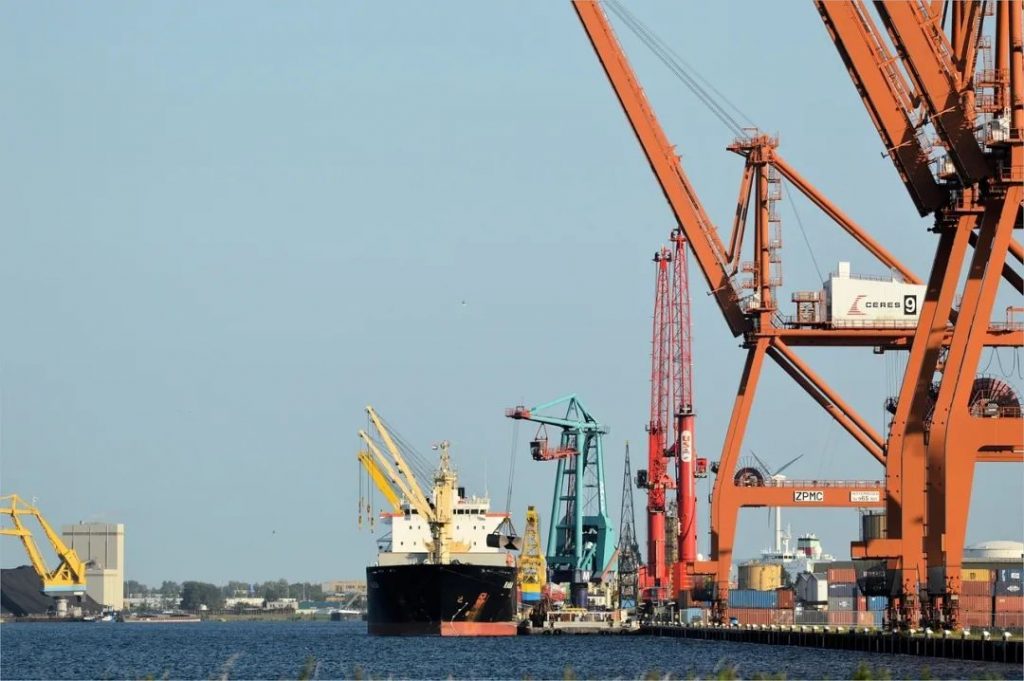
Export Guide: Master the Origin Certificate & Enjoy Tax Benefits
When exporting from Singapore, many businesses often inquire about the Certificate of Origin and tariff reduction issues. For example:
“Can I enjoy tariff reductions when re-exporting from Singapore to the United States?”
The answer is: Yes, but it depends on meeting the “Rules of Origin” (ROO)!
1 What is the Certificate of Origin (CO)?

A Certificate of Origin (CO) is an official document that proves the “origin” of a product. It plays a crucial role in international trade as it determines whether a product meets the requirements of specific Free Trade Agreements (FTA). Whether exporting to China, ASEAN countries, or the US and Europe, the Certificate of Origin is a key “pass” to enjoy tariff reductions and enhance brand image in international markets.
The Role of the Certificate of Origin
The Certificate of Origin serves several key functions in exports:
- ✅ Enjoy tariff reductions under Free Trade Agreements (FTA)
- ✅ Meet the compliance requirements of the importing country’s customs, banks, and letters of credit
- ✅ Enhance the professional image and credibility of your brand in international markets
For instance, under the Singapore-U.S. Free Trade Agreement (USSFTA), as long as your product meets the “Rules of Origin,” it can benefit from tariff reductions or even exemptions. In this case, businesses exporting from Singapore to the U.S. do not need to apply for a Certificate of Origin from the government. Instead, they can submit a self-certification declaration proving that the product meets the “Made in Singapore” standard.
Self-Certification: Simplifying the Process
Under the Singapore-U.S. Free Trade Agreement, businesses can submit a declaration of compliance with the origin rules through self-certification, eliminating the need for a complicated application process. The following parties can issue the self-certification:
● Exporters
● Manufacturers
● Importers
As long as they are familiar with the product’s production process, these parties can issue a compliance declaration and submit it to U.S. Customs.
2 Common Types of Certificate of Origin in Singapore

1. Non-Preferential Certificate of Origin (Non-Preferential COO)
a. Used for general trade without tariff benefits.
b. Applicable to countries or industries without an FTA agreement.
2. Preferential Certificate of Origin (Preferential COO)
a. Used for countries that have signed Free Trade Agreements with Singapore.
b. Products meeting the agreement’s requirements can enjoy tariff reductions or exemptions.
3 Who Can Issue the Certificate of Origin?

● Non-Preferential COO:
Primarily issued by authorized organizations in Singapore, including:
○ Singapore Chinese Chamber of Commerce and Industry
○ Singapore International Chamber of Commerce
○ Singapore Manufacturing Federation, among others.
Note: For textile exports to the U.S., the Certificate of Origin must be issued by Singapore Customs or an accredited exporter.
● Preferential COO:
Issued for products that meet specific Rules of Origin, and the method of certification depends on the export agreement with the destination country.
4 Which Products Can Benefit from Tariff Reduction?

Your product can benefit from tariff reductions under the Singapore-U.S. FTA if it meets one of the following conditions:
100% Made in Singapore: If the product is entirely manufactured in Singapore.
Regional Value Content (RVC): If the value added in Singapore, through processing, assembly, packaging, etc., accounts for at least 35% of the product’s cost.
Substantial Transformation: If the product undergoes significant processing in Singapore that changes its function, usage, or performance.
Specific Product Standards: Some products must be fully assembled or packaged in Singapore to meet the origin requirement.
Avoiding Common Misunderstandings
● Transshipment + Labeling: This method does not meet the origin requirement.
● Transshipment via Singapore: If no substantial processing is done in Singapore, tariff reductions are not applicable.
● No Substantial Processing: Simple assembly or packaging will not change the product’s origin.
How to Improve Export Compliance?

1. Increase Local Value-Added Activities: By adding local processing, assembly, or packaging, you can increase the proportion of Singaporean value-added content.
2. Leverage Singapore’s Tax and Financing Advantages: Even if your product doesn’t qualify for tariff reduction, you can still optimize your supply chain and reduce costs by taking advantage of Singapore’s favorable tax and financing environment.
3. Find Partner Locally: Collaborating with local or FTA-partner companies for joint production can help improve compliance.
By understanding and utilizing the Certificate of Origin, businesses can ensure compliance and leverage Singapore’s Free Trade Agreements to reduce tariff burdens, enhancing their competitiveness in global markets. If you have questions about the application process or how to meet the Rules of Origin, it’s advisable to consult with trade professionals to ensure you successfully enjoy all available tax benefits.
